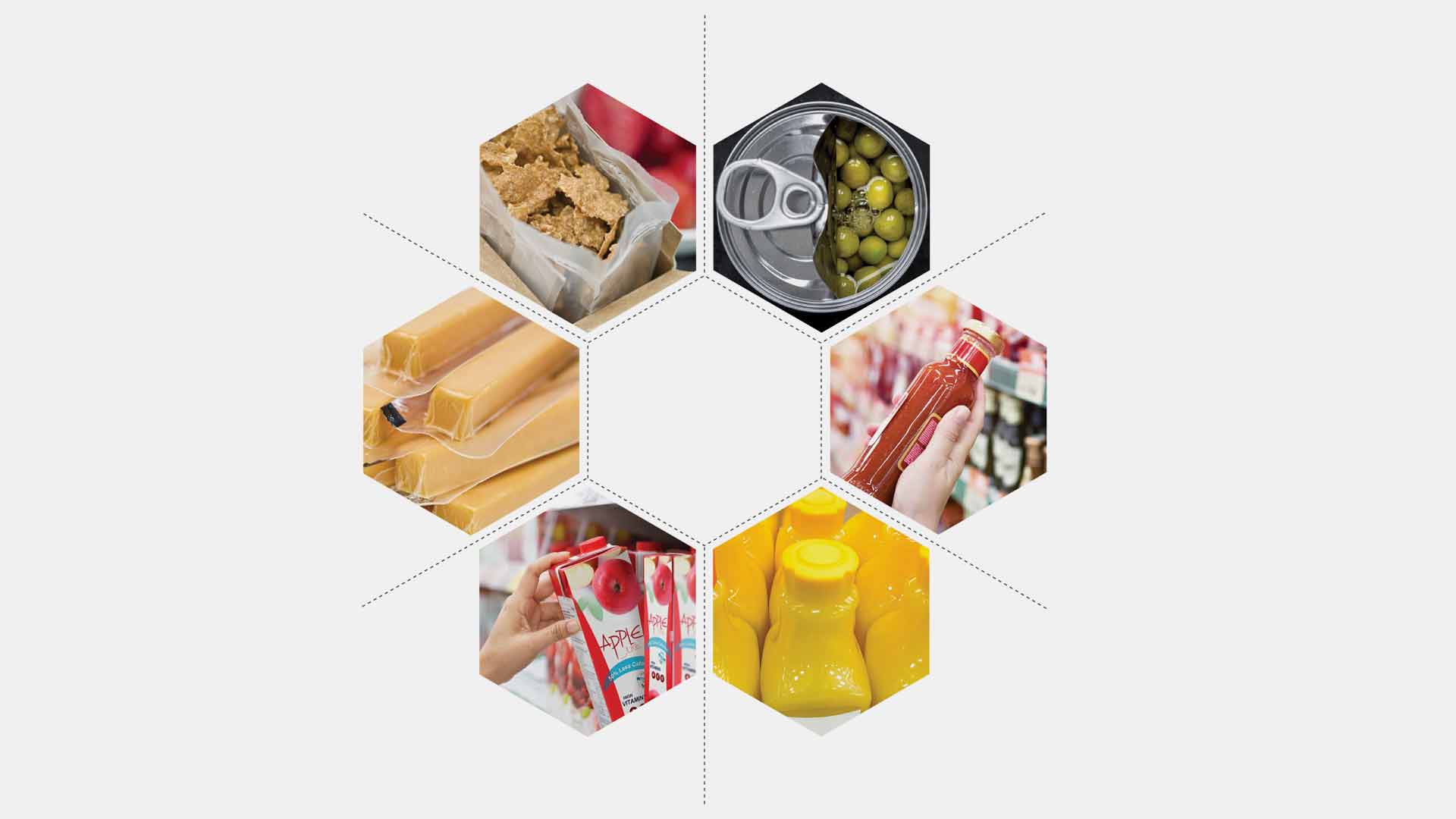As part of fulfilling our mission to foster longterm economic benefit for Minnesota through support of value-added agriculture, AURI often assists entrepreneurs in commercializing their innovative new products or businesses. One of the core challenges most entrepreneurs face is the transition from self-manufacturing and distribution to manufacturing and distribution through a professional supply chain. In response, AURI, in partnership with the Minnesota Department of Agriculture, have created the “Packaging Guide for Scaling Food Businesses” to help entrepreneurs navigate the complexities of successfully scaling their businesses.
Most packaged food businesses start in a similar manner, with an entrepreneur producing at home or in a shared commercial kitchen, hand packing products into relatively simple, often store-bought packaging, and selling at a farmer’s market or self-distributing to a handful of stores. However, as these businesses grow, the form and function of their packaging must evolve.
Whether the business will continue to self-produce or enlist a contract manufacturer or co-packer, the packaging must adapt to support distribution through a professional supply chain, allow retailers to effectively merchandise the product, and differentiate itself from competitive products on the shelf. While every business and product are unique, there are many common packaging considerations that will help an entrepreneur as they seek to scale their business. These considerations are generally broken into three primary groups following a chronological order through the supply chain, including food protection and safety, interaction of package and product, and visual differentiation.
Food protection and safety – ensuring the package helps maintain desired product shelf life, physical integrity, and trust in the safety of the finished product.
Protection through the supply chain – aggregating the product into primary and secondary packaging and presenting the product in a manner that satisfies each member of the value chain (e.g. distributors, retailers and end users).
Differentiating in the marketplace – ensuring the finished, packaged product delivers the intended message to effectively compete in the marketplace.
The guide seeks to bring awareness and empower food entrepreneurs with knowledge to address common issues in these specific categories:
|
Physical protection of the product |
|
Food safety |
|
Impact of packaging on a product’s shelf life |
|
Definition and importance of a code date |
|
Consumer considerations in selecting packaging |
|
Retailer considerations in selecting packaging |
|
Differentiation through packaging in the marketplace |
|
Labelling requirements |
|
Getting a UPC |
|
Controlling costs |
The guide is available for download in pdf format on the AURI website at www.auri.org/focus-areas/food/, along with a short video companion meant to reinforce some of the more abstract concepts addressed in the guide. Should you care to discuss further with an AURI representative, please contact us via the web at
www.auri.org/contact/ and someone from the food team will connect with you.

